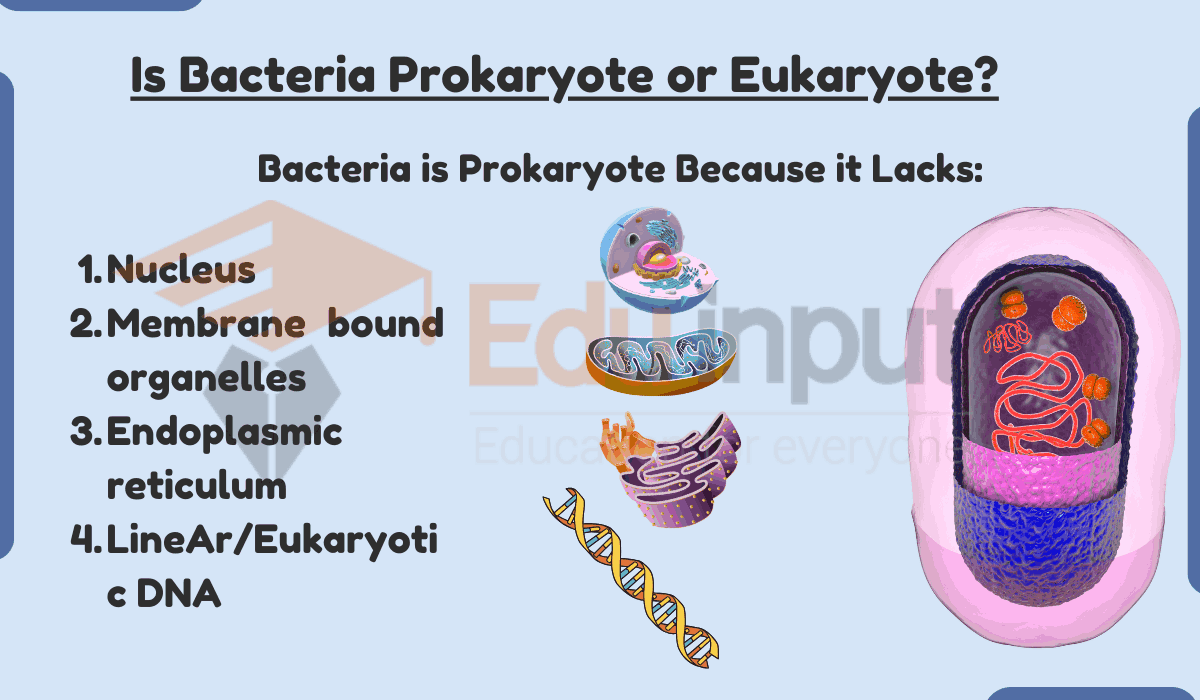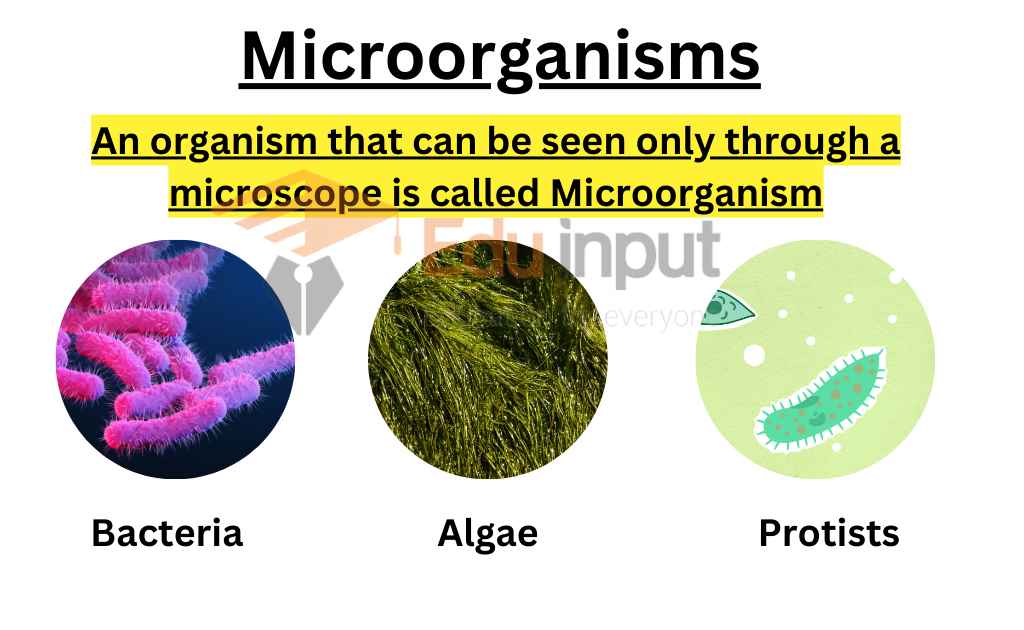Internal Anatomy of Bacterial Cell
Bacteria are unicellular and prokaryotic cells. They show simple organization. All the activities are performed by a single cell. Its cell wall is somehow similar to plants and fungi. There are different shapes of bacteria. They use flagella for their locomotion. They may be heterotrophic or autotrophic (cyanobacteria).
Also Read: What is Anatomy?
Internal Structure of Bacteria
Bacterial cells have the following internal structures;

Cell Membrane
The cell membrane, or plasma membrane, is a thin and flexible layer that surrounds the cytoplasm. Chemically, it is made up of phospholipids and proteins. The plasma membrane is very delicate, and any damage to it can be fatal to the organism.
The bacterial cell membrane is different from the eukaryotic membrane in that it lacks sterols like cholesterol. The cell membrane regulates the transport of proteins, nutrients, sugar, electrolytes, and other metabolites. The plasma membrane also contains enzymes for respiratory metabolism.
The cell membranes fold to form two types of structures:
Mesosomes:
The cell membrane invaginates to form mesosomes, which are vesicles, tubules, or lamellae. Mesosomes are involved in DNA replication and cell division, and some are also involved in the export of exocellular enzymes. Respiratory enzymes are present on mesosomes.
Photosynthetic Membranes:
The membrane forms tubular or sheet-like infoldings in photosynthetic bacteria. These infoldings contain enzymes for photosynthesis.
Cytoplasmic Matrix
The cytoplasmic matrix is a jelly-like substance present between the plasma membrane and the nucleoid in prokaryotic cells. This matrix contains small molecules that can move through it rapidly.
The plasma membrane and everything present in it is called the protoplast, so the cytoplasmic matrix makes up a large part of the protoplasm. Other structures present in the matrix include chromatin/nuclear bodies, ribosomes, mesosomes, granules, and nucleoids.
Microcompartments
Micro-compartments like carboxysomes are tiny organelles found inside of bacteria. They are surrounded by a protein shell, rather than a lipid membrane. These organelles help to compartmentalize bacterial metabolism. This is a similar function to the membrane-bound organelles found in eukaryotes.
Nucleoid and plasmids
The nucleoid is the name for the DNA in a bacterial cell. It’s an irregularly shaped, dense body that contains the genetic information for the bacterium. Unlike eukaryotic cells, bacterial cells don’t have a nuclear membrane surrounding the nucleoid.
There is one exception to this rule: the order Planctomycetes have a membrane around their nucleoid. The DNA in a bacterial cell is present near the center of the cell, and it consists of single-stranded and double-stranded DNA molecules. There isn’t much protein associated with the DNA. The bacterial chromosome is called a gonophore.
The nucleoid is a special region inside of some cells, and it is where the DNA is stored. This DNA is in the form of long molecules, and it is tightly folded up so that it can fit inside the cell. Bacteria have a single chromosome, which means that they only have one set of DNA.
This makes them haploid. The nucleoid is visible when you look at bacteria through a light microscope, but you have to use a special stain called Feulgen stain.
Plasmids
Plasmids are circular, double-stranded extrachromosomal DNA molecules found in bacteria. Unlike chromosomes, plasmids are not essential for bacterial growth and metabolism. However, they can confer drug and heavy metal resistance, as well as immunity to diseases and insects. Plasmids also play an important role in conjugation.
Ribosomes
Ribosomes are made of RNA and protein. Some ribosomes are also attached to the plasma membrane. Ribosomes make proteins. There are thousands of ribosomes in each healthy growing cell. The ribosome of bacteria (the 70S) is smaller than the ribosomes of eukaryotes.
Granules And Storage Bodies
Bacteria try to store extra nutrients when possible, similar to how we as humans like to save up money for a rainy day. The cell also contains waste material which is excreted later on. Common waste materials for bacteria are alcohol, lactic acid, and acetic acid.
Spores and cysts
The metabolically dormant (inactive) bodies with thick walls are called spores. Certain species of bacteria produce spores. Spores have a central core of the cytoplasm containing DNA and ribosomes. It is surrounded by a cortex layer and protected by an impermeable and rigid coat. There are two types of spores:
(a) Exospores: These are produced outside the vegetative cells.
(b) Endospores: At later stages of growth, spores are produced. Spores are resistant to environmental conditions such as light, high temperature, desiccation, pH, and chemical agents. Under favorable conditions, they grow and form new vegetative cells.
Cysts
Cysts are structures that develop during the reproduction of vegetative cells. These cells only germinate under suitable conditions, and they are not heat resistant. Cysts are dormant, thick-walled, and desiccating resistant structures.

 written by
written by 




Leave a Reply